What is Type 2 Diabetes?
Type 2 diabetes (T2DM) is a chronic condition in which your body does not regulate glucose (a form of sugar) like it normally would. This happens when you do not produce enough insulin, or you become resistant to the effects of insulin.
Why Do We Care About Insulin and Glucose?
In a healthy body, insulin and glucose work together to keep all their levels steady. Insulin is a hormone needed for glucose to enter cells and produce energy.
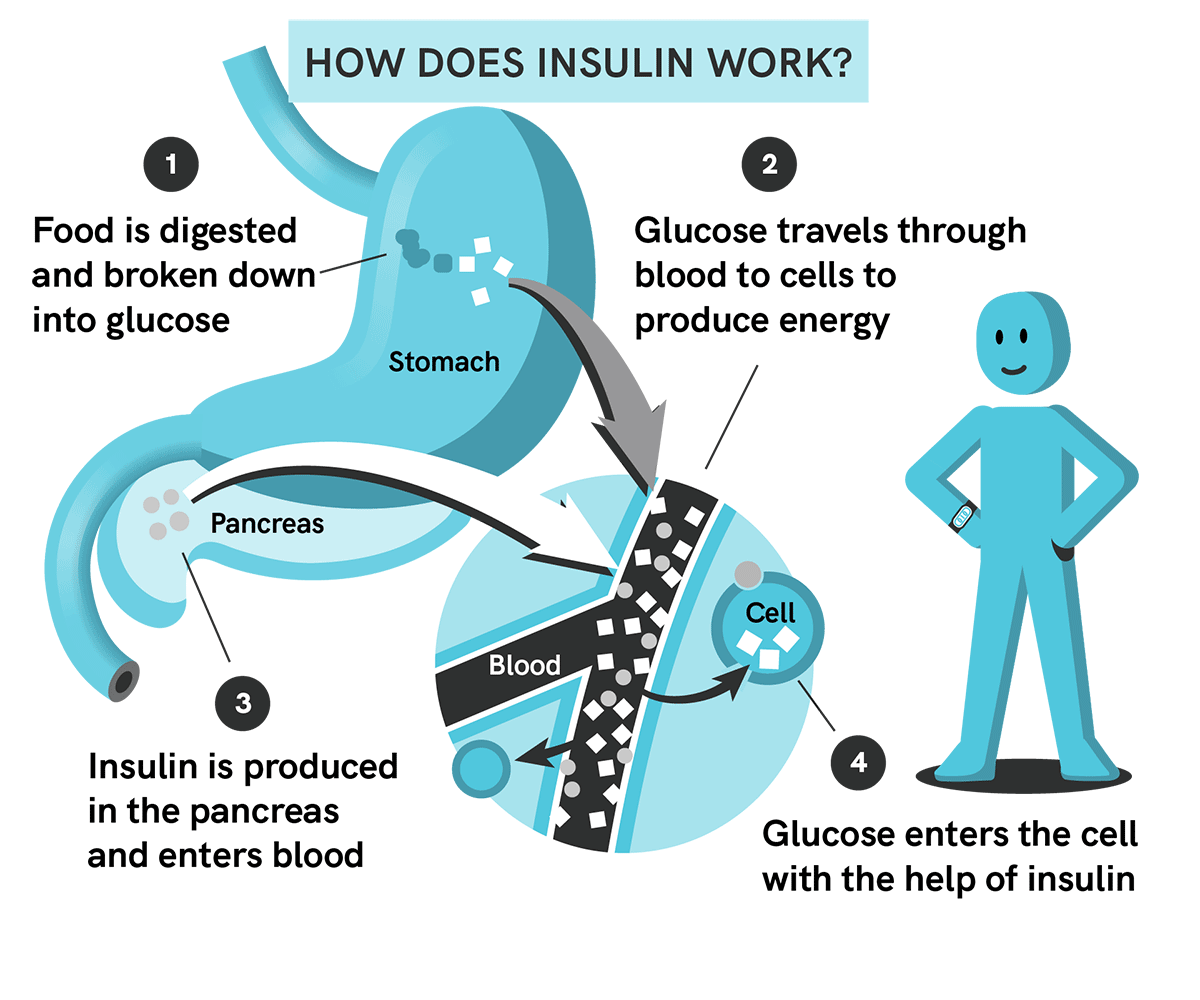
In T2DM, not enough insulin is produced, or the insulin produced doesn’t work well. This means glucose cannot enter the cells and builds up in the bloodstream instead.
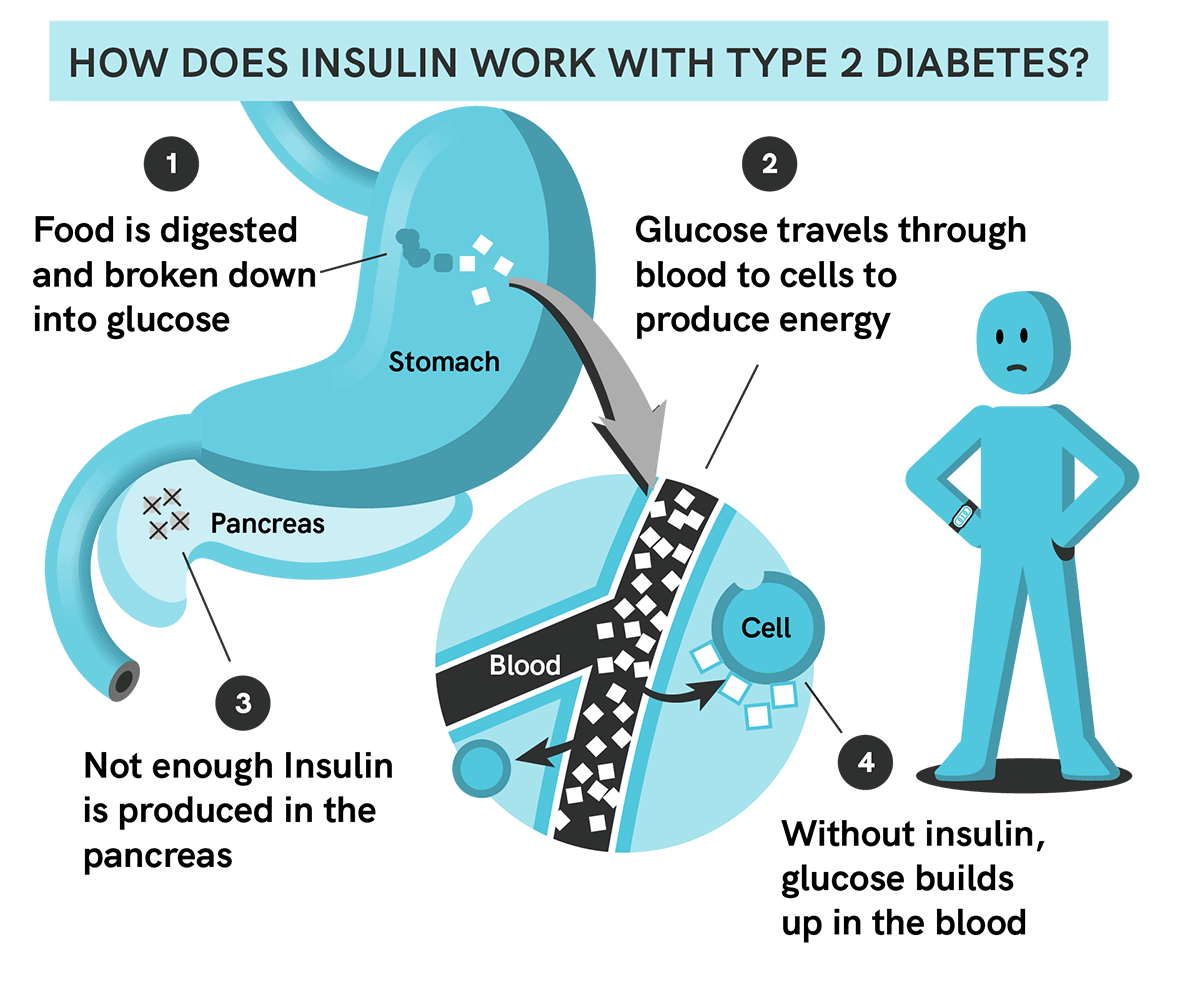
What are the symptoms of T2DM?
As glucose builds in your bloodstream, and your cells are not able to convert glucose to energy, you may experience the following symptoms:
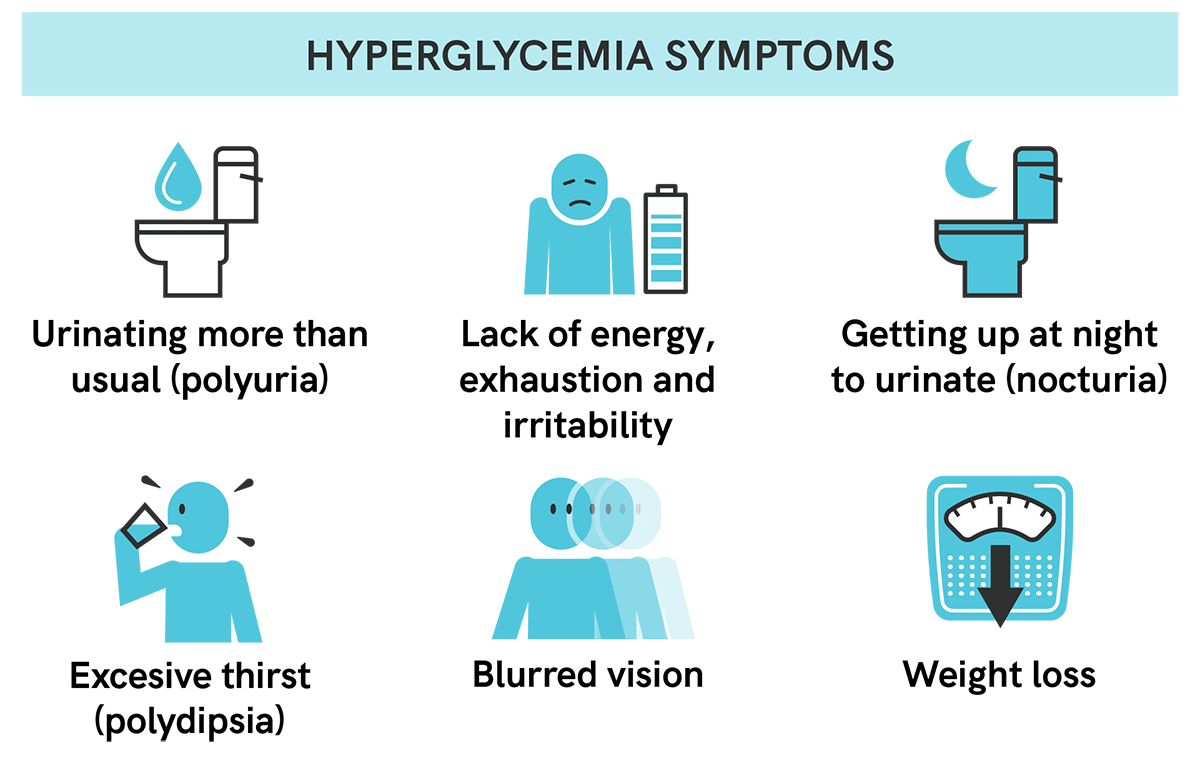
How do I know if I have T2DM?
Blood tests can be performed to diagnose T2DM. The most common tests for diabetes are blood glucose (BG) and a hemoglobin A1c (commonly referred to as an ‘A1c’).
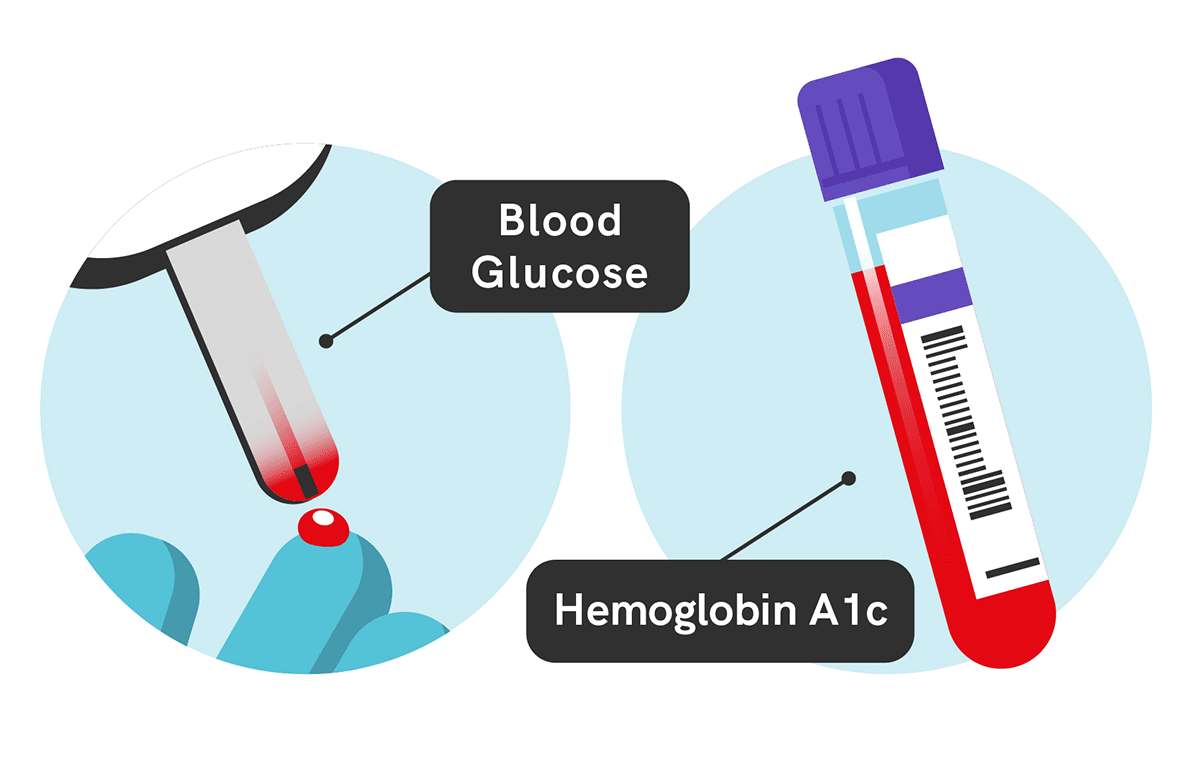
Blood glucose measures how much glucose is in your blood when the test is taken. A1c measures your average blood glucose level over the past 3 months.
Why Did I Get T2DM?
There are many factors that increase the risk of T2DM. This includes excessive carbohydrate intake, being overweight, and a sedentary lifestyle with little activity and exercise.
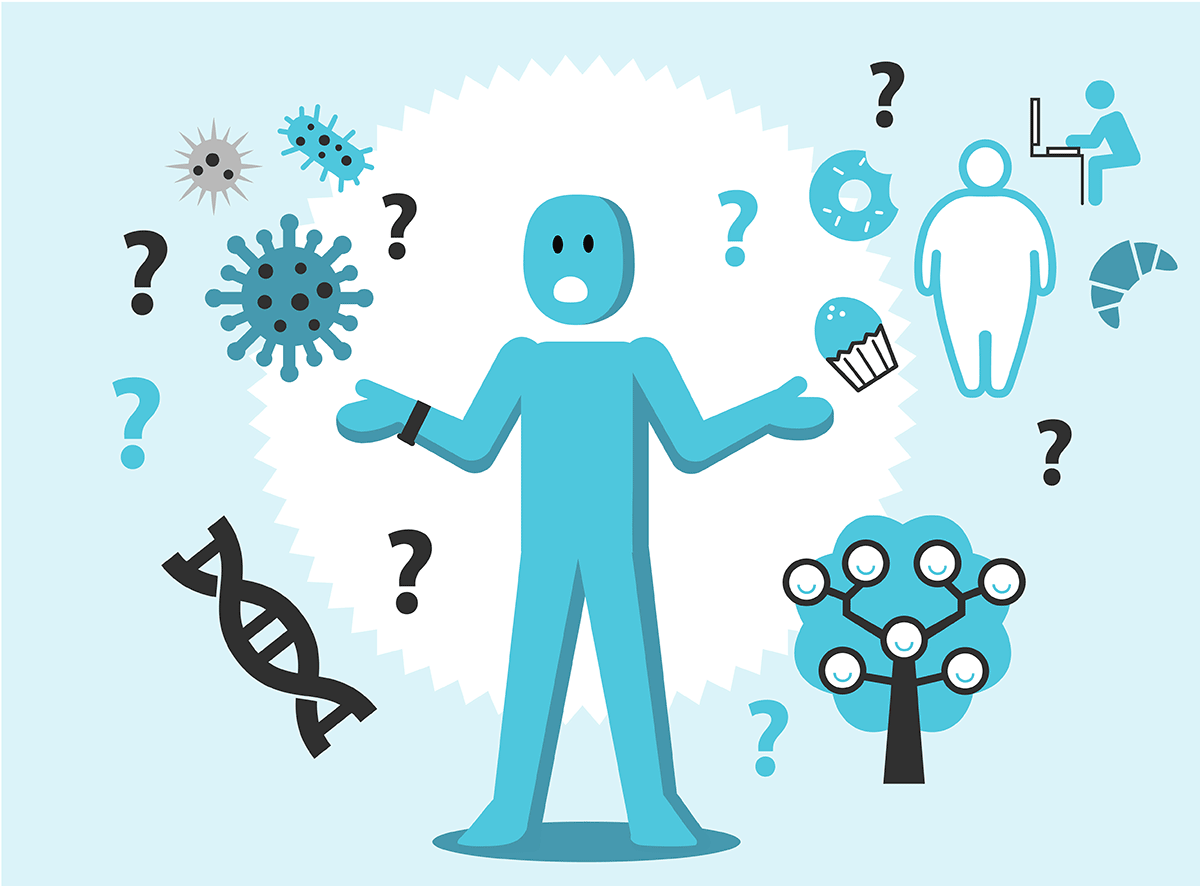
T2DM is also found more often in people who have had prediabetes, a family history of T2DM, or more fat concentrated around their stomachs.
Leave a Reply